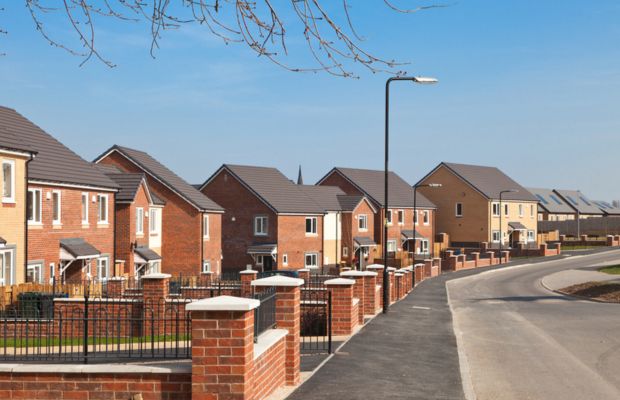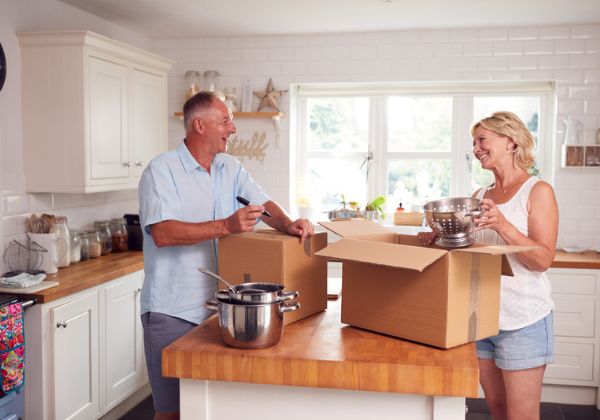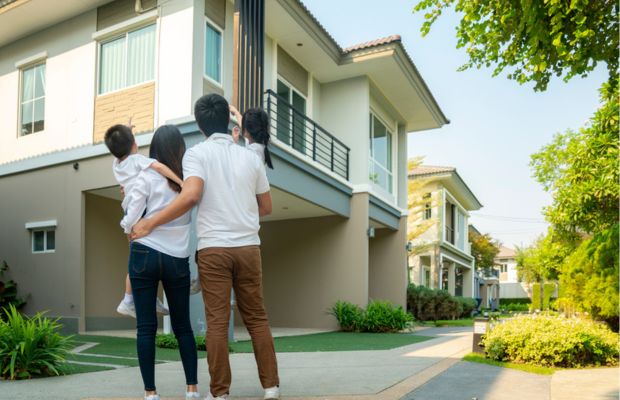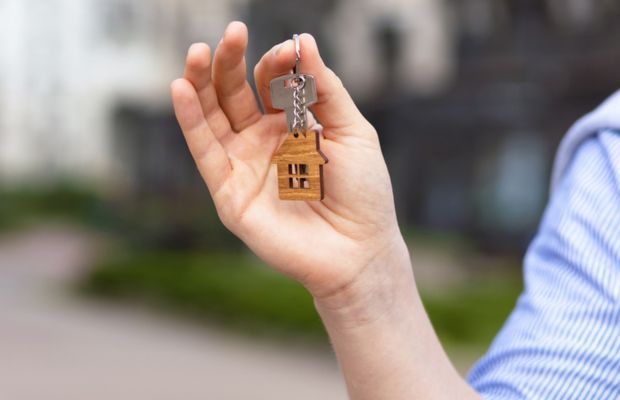
Home » Guides
Guides
Below you will find all of our helpful articles, covering everything from area guides to getting a mortgage. Choose from the categories below that best suit your needs – Buyers, Tenants, Sellers or Landlords, or perhaps you want to browse our Home Improvement section for top tips on increasing the value of your home.










